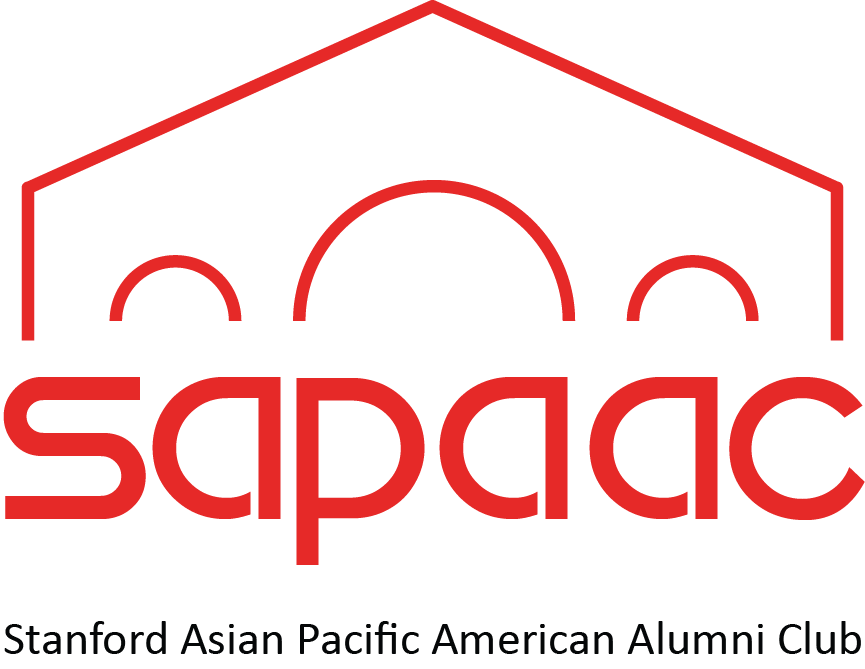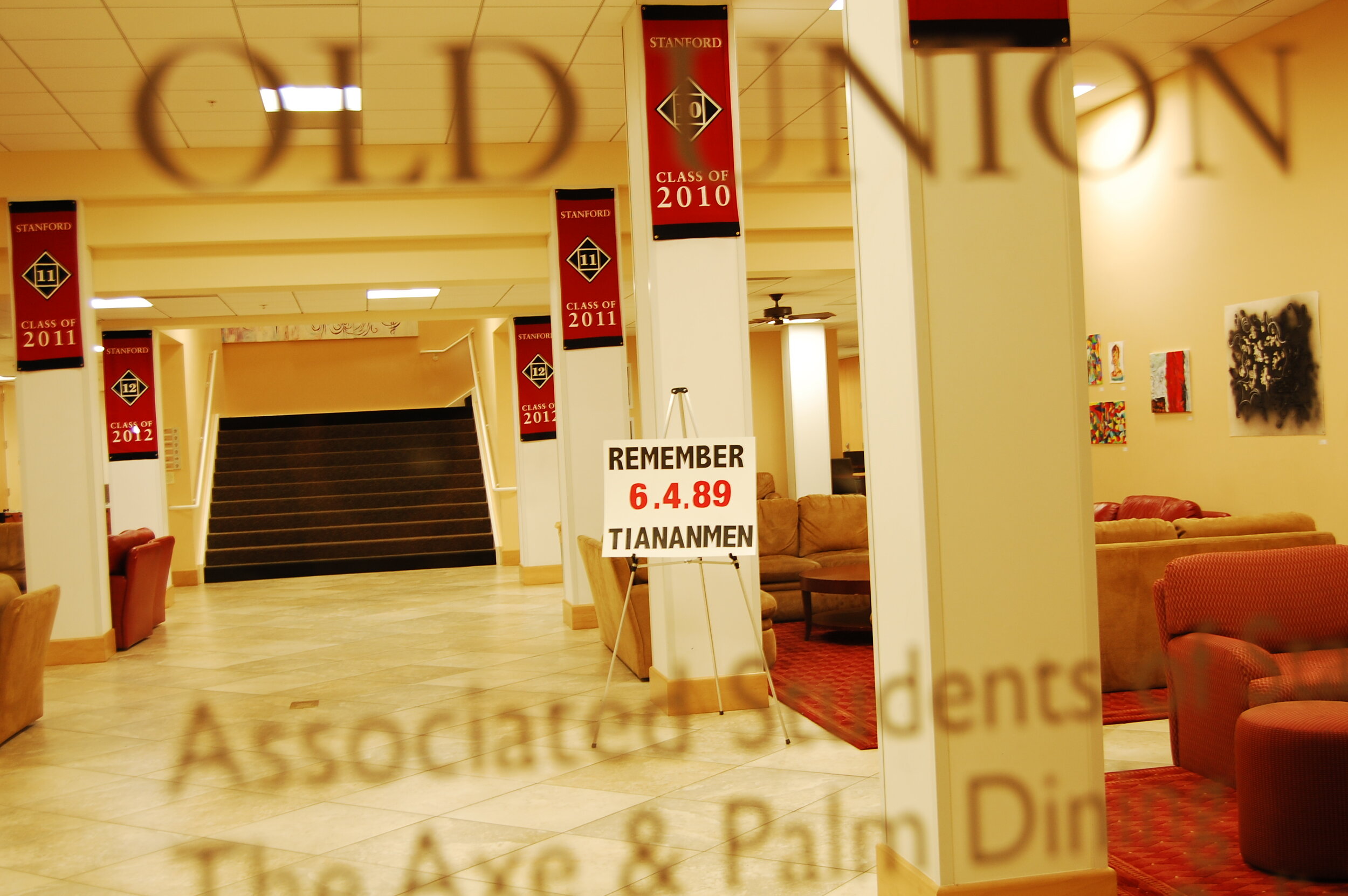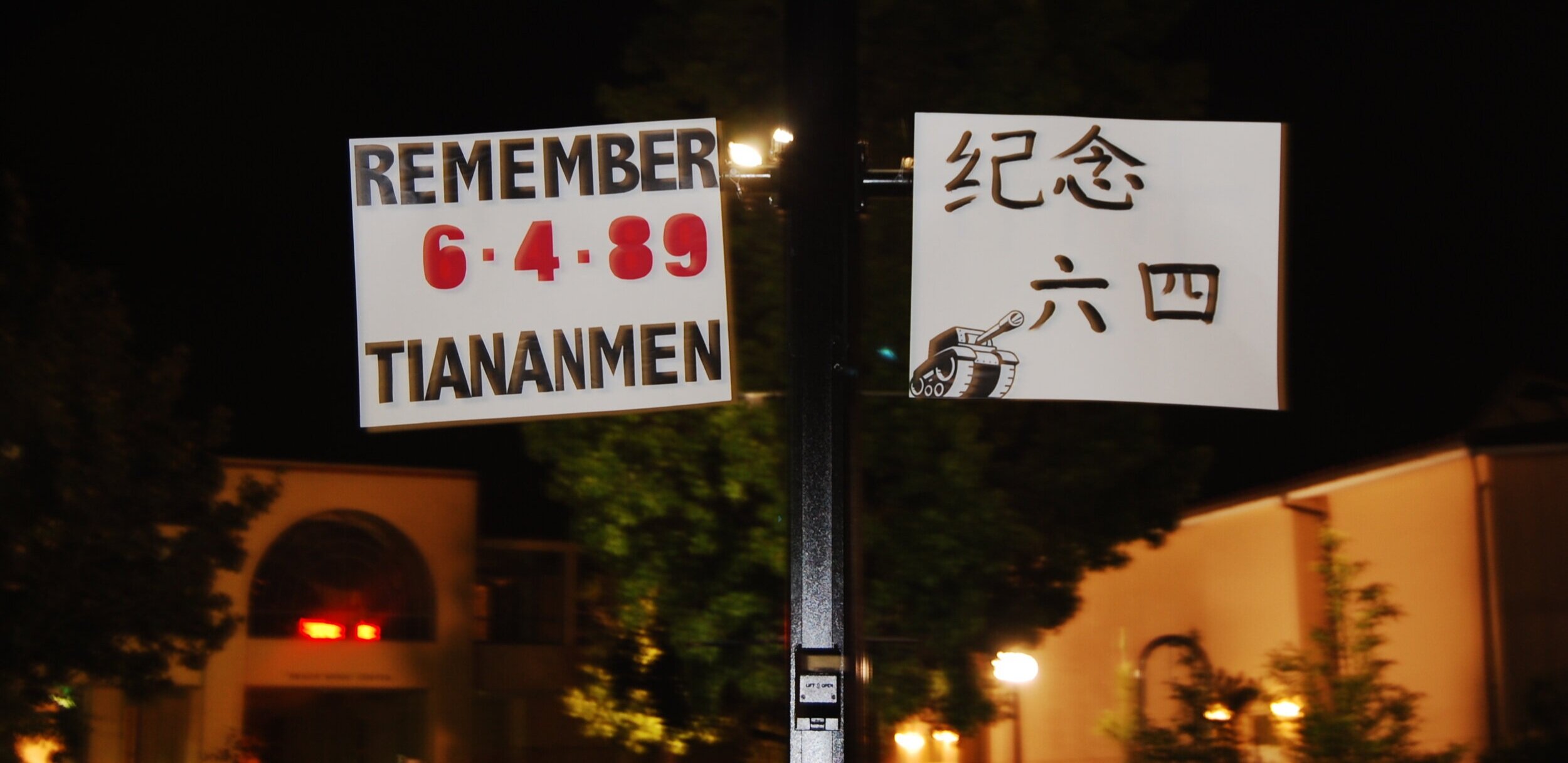An update on issues of concern to the Asian American and Pacific Islander community and activism on the Stanford campus.
(Video) Stanford University students marched from campus to Palo Alto City Hall in June 2020. Source: Stanford Journalism
Black Lives Matter Continues: Demonstrations continue across the United States, to affirm that Black Lives Matter and to challenge pervasive anti-Black racism, police brutality, and systemic violence. Nationwide protests sprang up following the murder of an unarmed Black man, George Floyd, by a Minneapolis police officer. His death was captured on video for an agonizing 8 minutes and 46 seconds. It was the latest in a string of deaths to cause public outcry, including Breonna Taylor, Tony McDade, Ahmaud Arbery, and more recently Rayshard Brooks, among many others.
Since then, hundreds of thousands of people have taken to the streets across more than 2,000 American cities to make their voices heard. A month later, The New York Times suggests that BLM has mushroomed into “the largest movement in U.S. history.” The effort has gone global, reaching Great Britain, continental Europe, Asia and Australia, as other societies confront their own struggles with racism.
In these challenging times, Stanford groups, including the Asian American Activities Center and Asian American Students Association, have made statements and produced resources for the Stanford community to express solidarity and to take action. The ASSU Senate, students and faculty have also raised the issue in op-eds in the Stanford Daily. Alumni such as Senator Cory Booker (‘91 AB Political Science, ‘92 AM Sociology) have spoken out forcefully. On June 7, a coalition of Black student groups organized a march to Palo Alto City Hall. (Video) All these resources are gathered here on the SAPAAC website.
The protests have spurred Asian Americans to grapple with anti-Black racism; to educate ourselves on a history that includes civil rights, solidarity, contention and activism; to challenge the model minority stereotype that perpetuates inequality; to speak out and spark discussion among different generations of AAPI communities; and to take action in our own lives.
In 2009, students at Stanford University commemorated the twentieth anniversary of the Tiananmen Square massacre
Remembering Tiananmen Square: On June 4, activists worldwide commemorated 31 years since peaceful pro-democracy protests were crushed in Beijing, China. In the spring of 1989, students and city residents had peacefully gathered in Tiananmen Square for several weeks (resource from National Geographic) to demonstrate for reforms, greater freedom, and less corruption, until military tanks were sent in, causing many deaths. SAPAAC members shared their memories on the SAPAAC Community platform, discussing where they were when they first heard the news of the massacre. Some were students on Stanford campus at the time, and felt deeply affected by what happened to their peers. (See historical photos of Chinese students in The Atlantic). A replica of the Goddess of Democracy statue stands in San Francisco’s Chinatown.
Last year, the Hoover Institution hosted a retrospective on Tiananmen and Dr. Amy Zegart of Stanford’s Freeman Spogli Institute for International Studies shared her thoughts on the events of 1989.
More recently, Zoom, a listed company headquartered in California, banned the accounts of U.S.-based Chinese activists, who had organized a remembrance of Tiananmen, creating an uproar in Silicon Valley. The company, which was founded by Stanford alumnus Yuan “Eric” Zheng (MBA ‘06), later apologized for this action.
Signs commemorating the 20th anniversary of the Tiananmen Square massacre in White Plaza (2009)
Fossil Free Stanford: Hundreds of students and faculty and the ASSU have called for Stanford University to divest from fossil fuels, a key contributor to climate change that threatens the planet. Stanford alumni added their voices to the efforts, including publishing an op-ed in the San Jose Mercury. Fossil Free Stanford initiated a sit-in on the Quad in 2015 that received international coverage, in hopes of securing a pledge from Stanford, and students’ efforts were renewed this school year.
In fall 2019, the entire UC system announced its decision to divest from coal, oil, and natural gas companies, and by May 2020 had successfully done so. Georgetown University also made an announcement in February 2020, and Oxford University recently decided it too would divest from fossil fuels, joining more than half of UK universities that have already made the pledge.
On May 28, the Faculty Senate chose not to endorse the non-binding ASSU resolution calling for divestment, which prompted Prof. David Palumbo-Liu to write an op-ed calling this a “shame.”
Meeting on June 12, the Board of Trustees decided that Stanford will not divest, but committed to accelerating the campus transition to net-zero greenhouse gas emissions by 2050. A week later, the Vatican called on Catholics to divest from fossil fuel companies.
Later in June, the Academic Council revisited the matter, with many faculty in support, though it did not have a quorum to vote.
Celebrations: Katherine Toy (‘91 International Relations, ‘95 AM Education), currently Executive Vice President at Golden Gate National Parks Conservancy, was appointed by Gov. Gavin Newsom to the State Park and Recreation Commission.
Five Stanford students have received the Boren Award for language studies overseas. One will study in Kazakhstan, another in China, one in Israel, and two in Taiwan.



